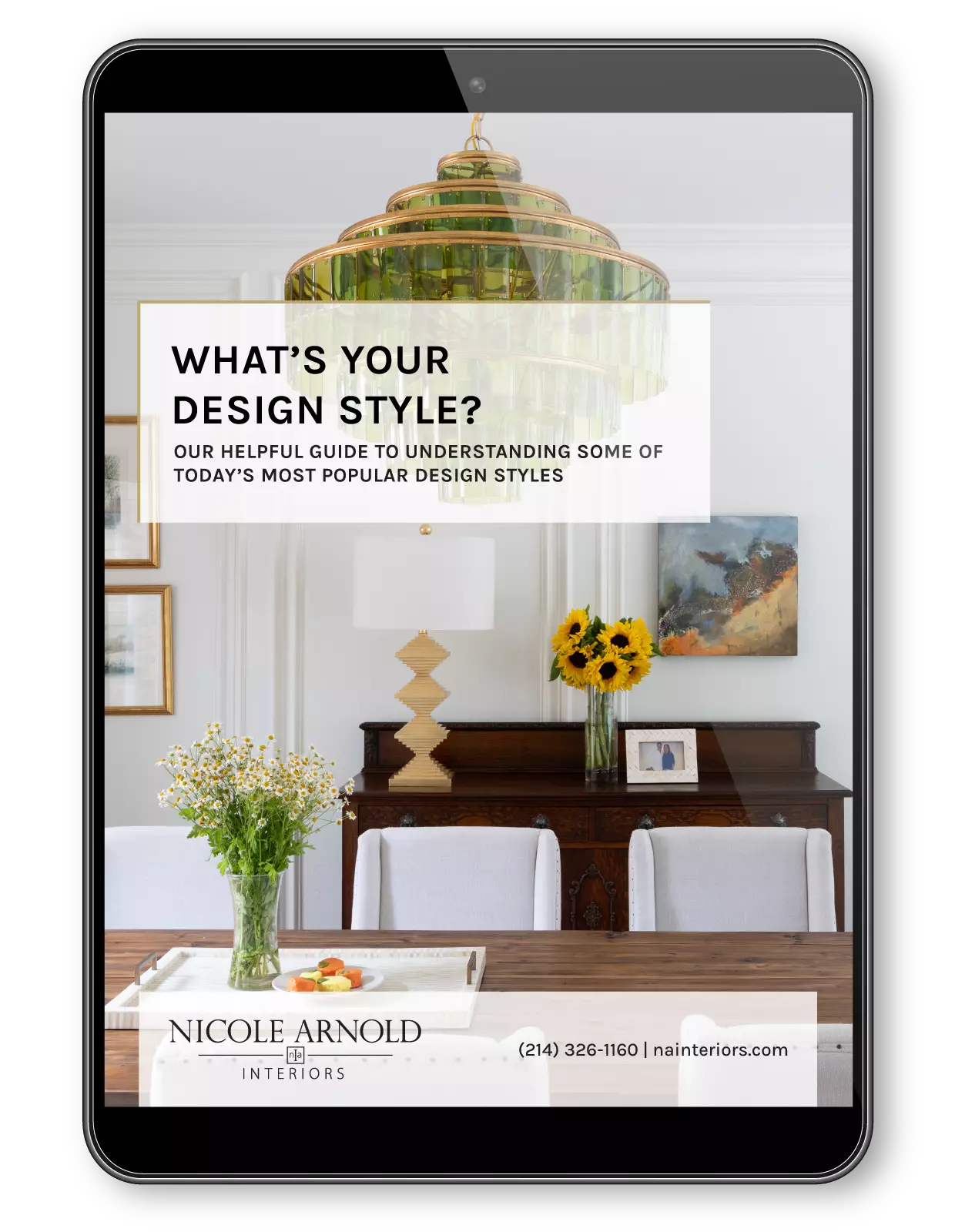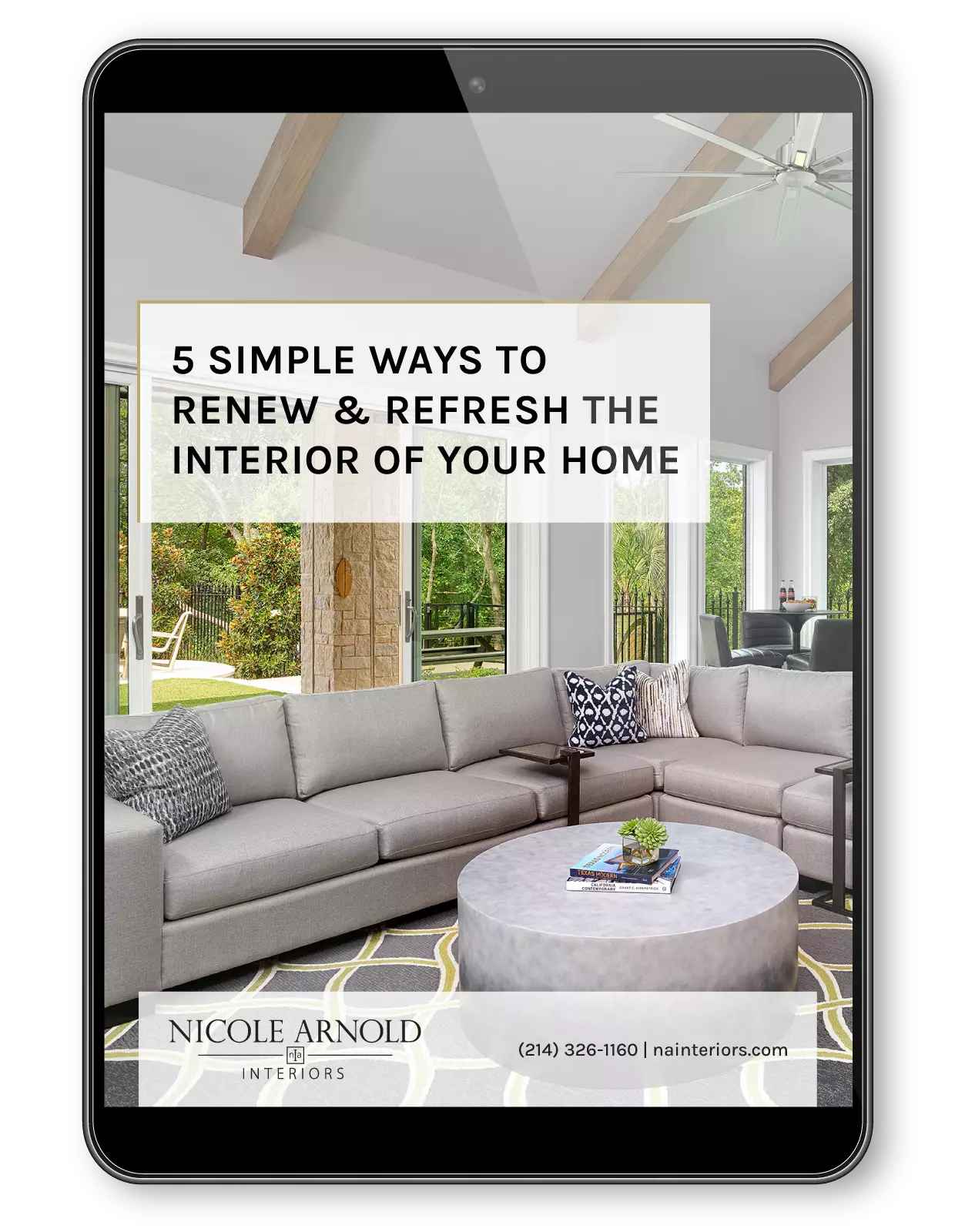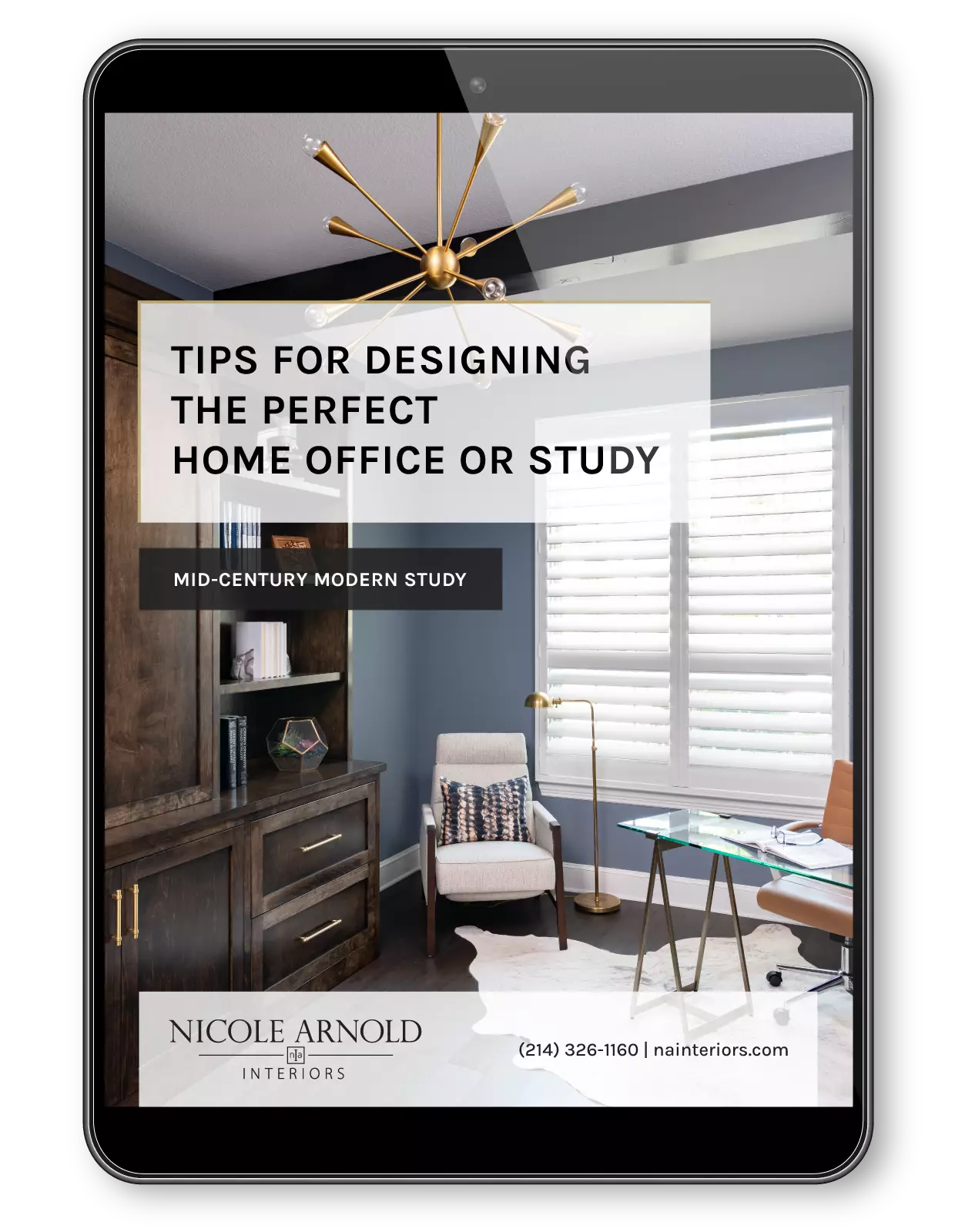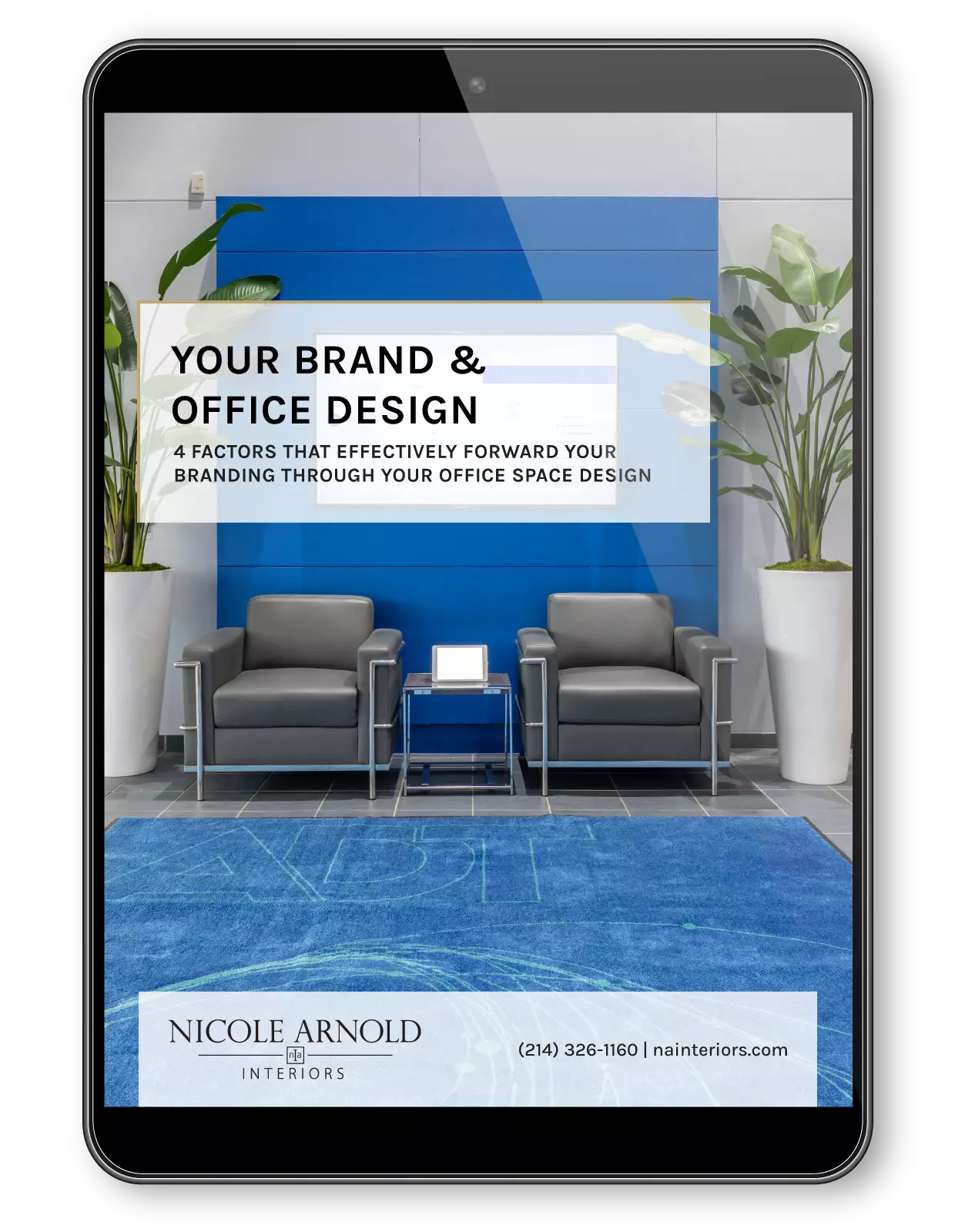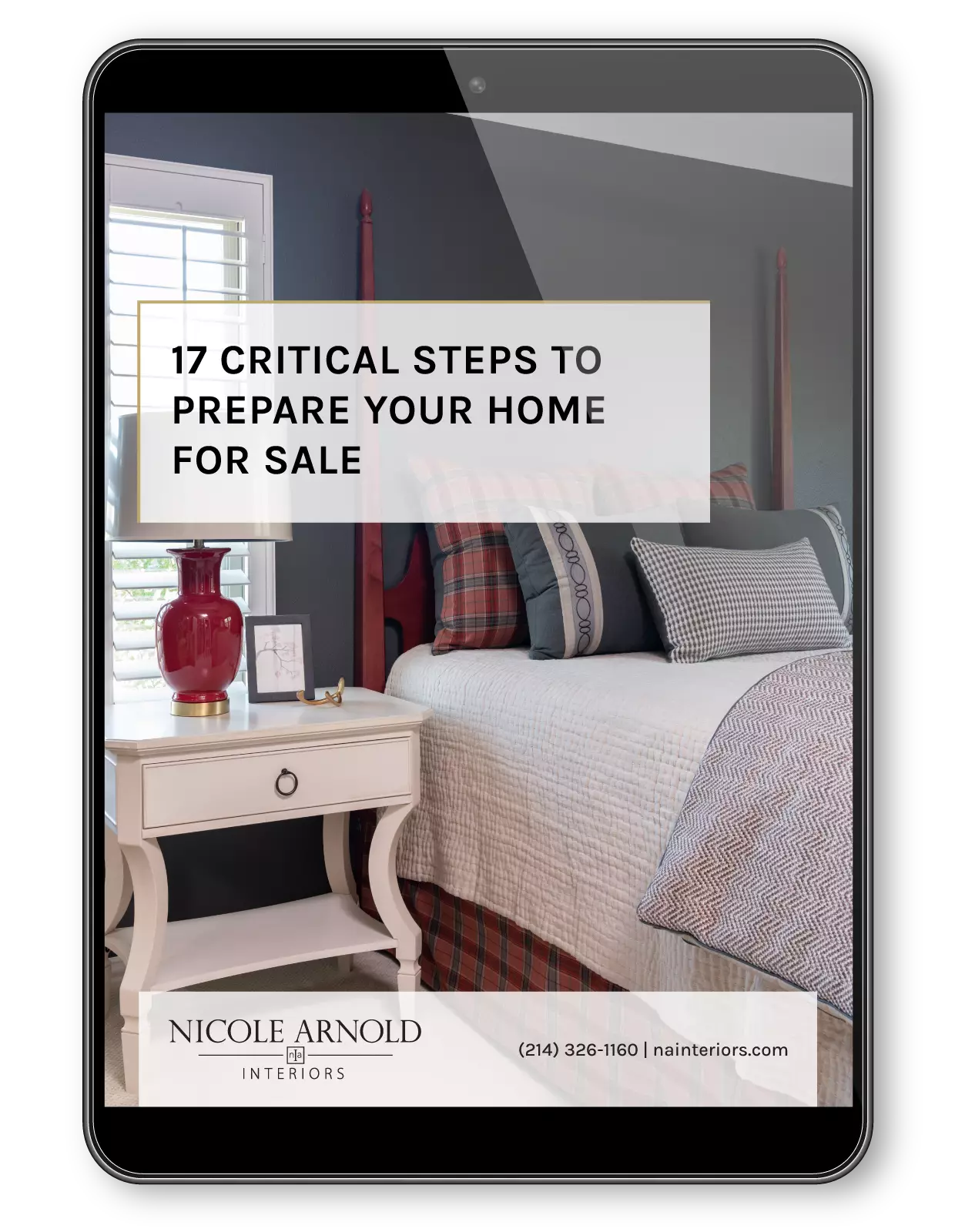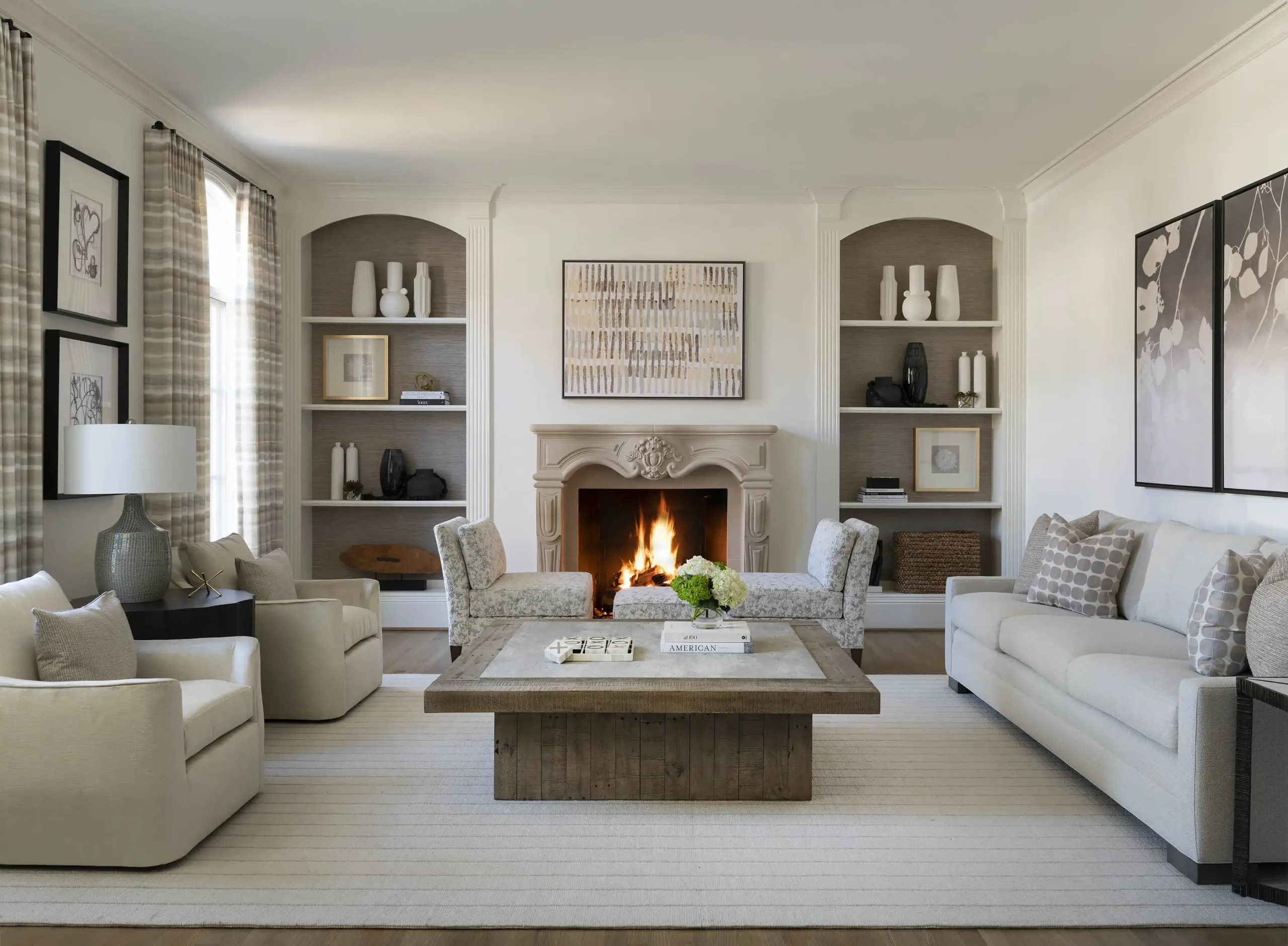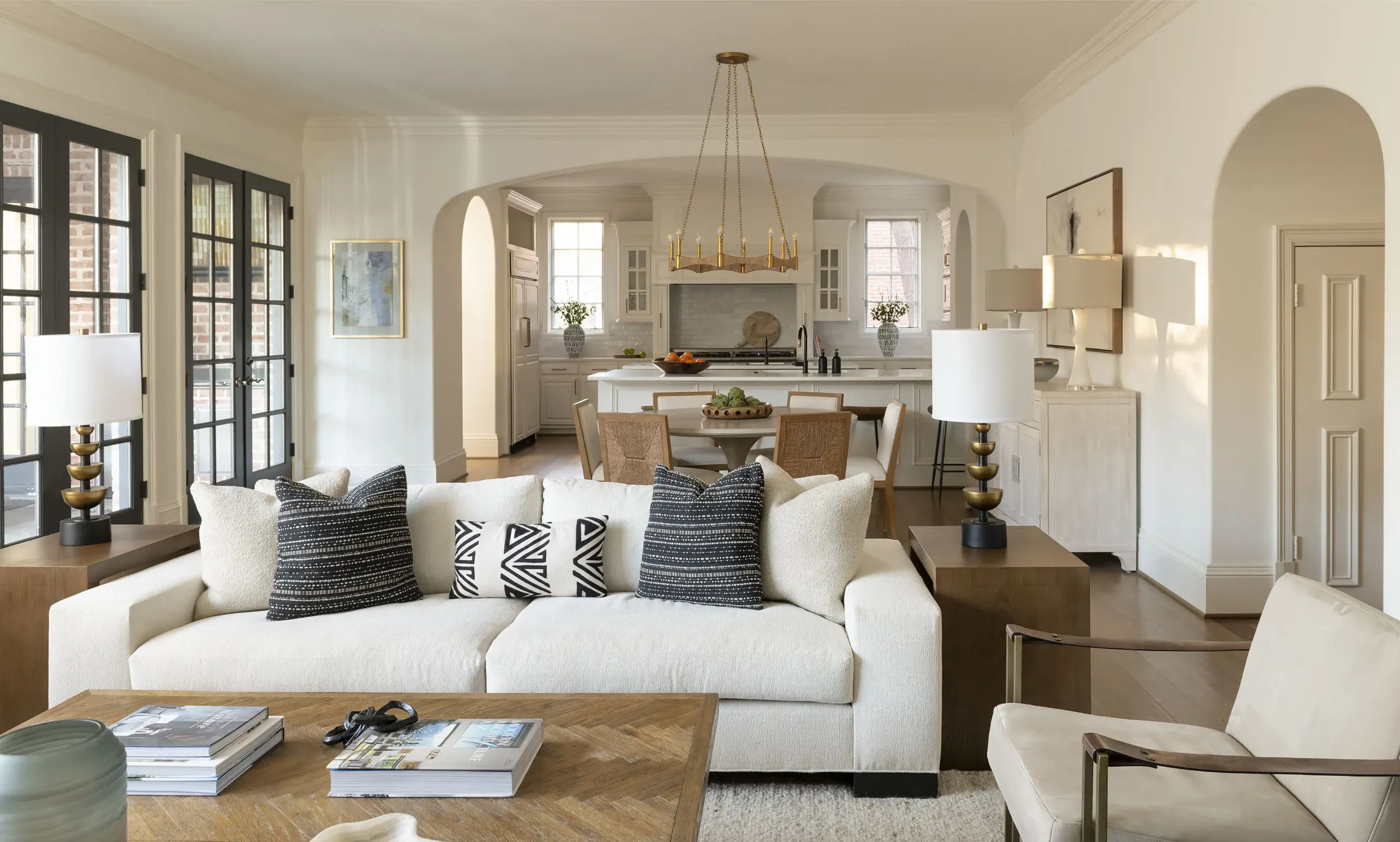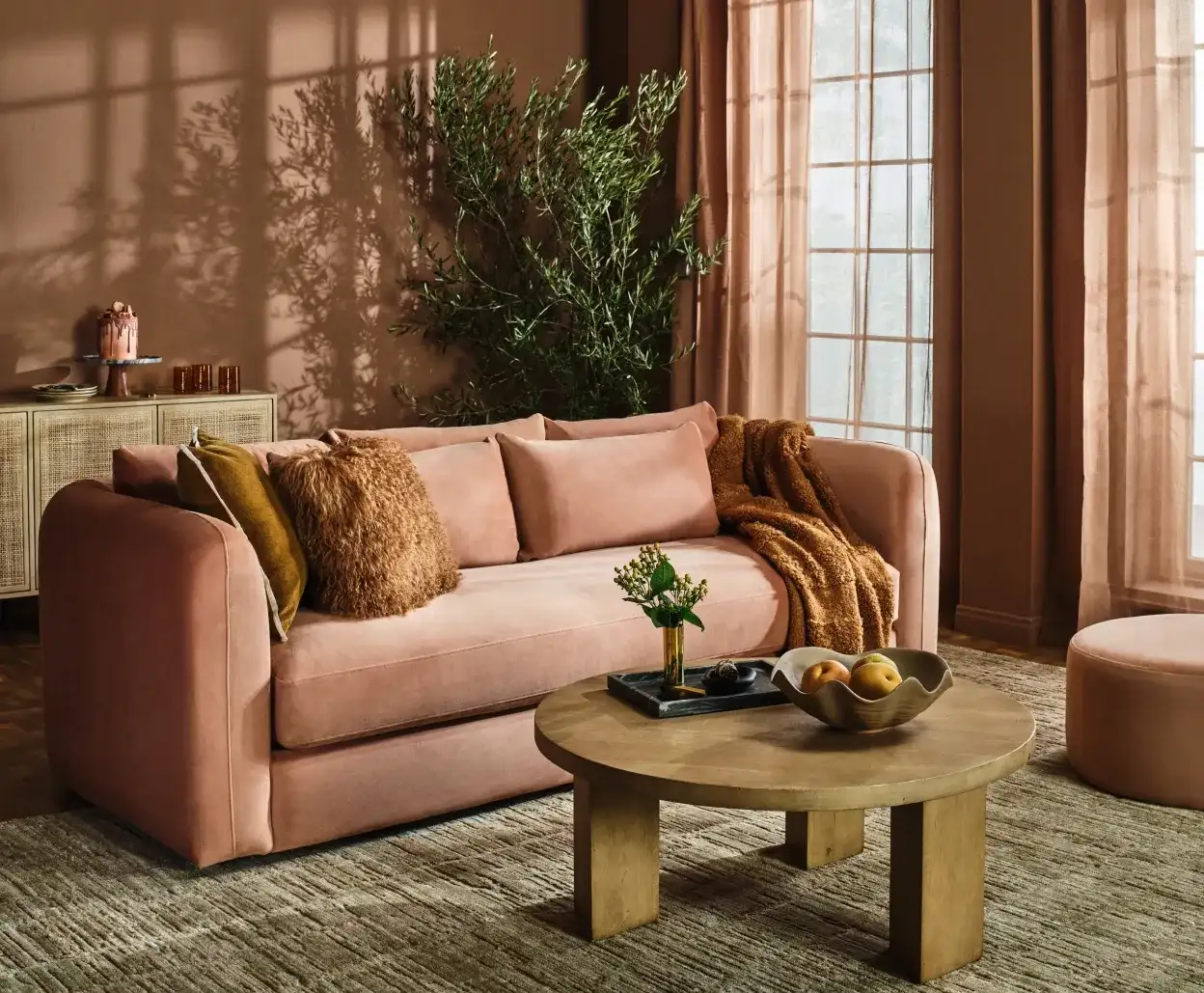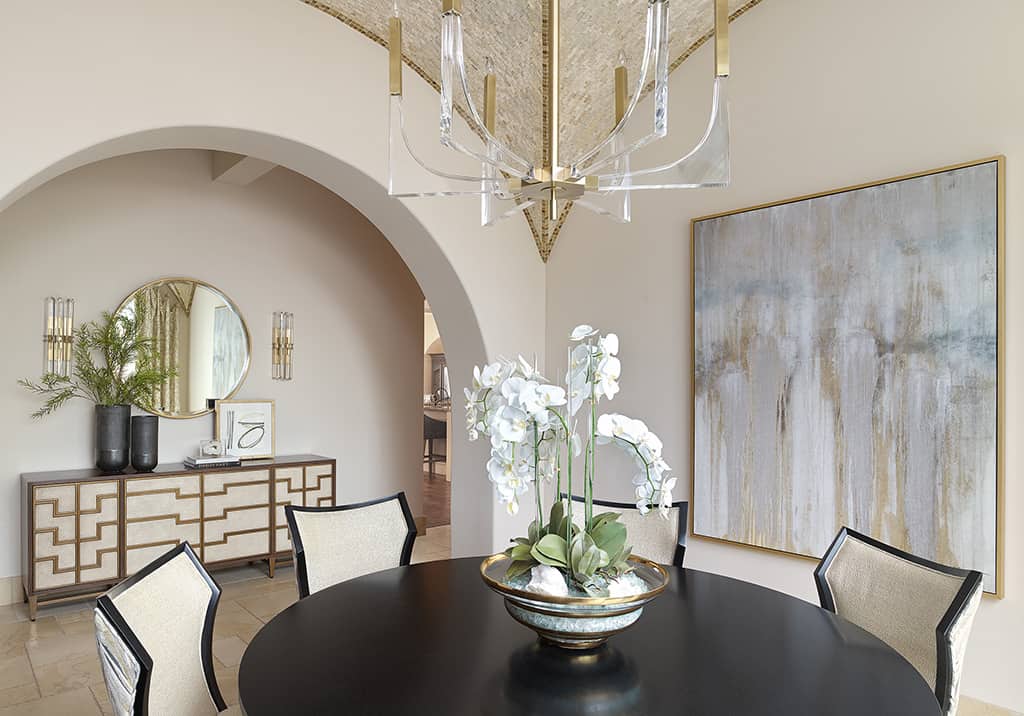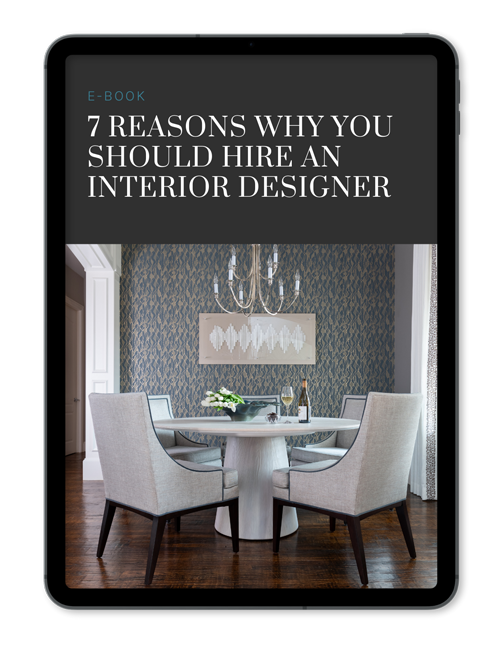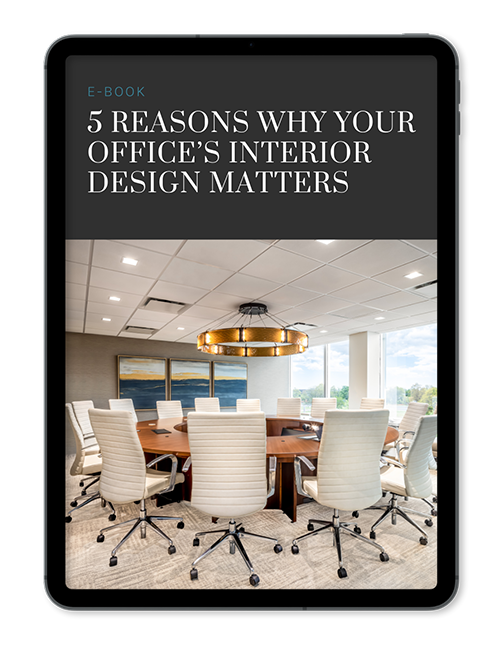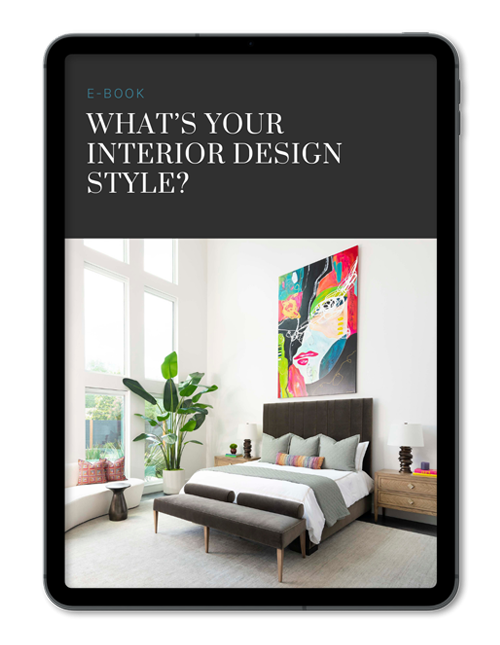

“My design philosophy for commercial spaces is centered on creating environments that inspire, motivate, and provide a pathway to productivity for those who work in them. We believe a commercial space should parallel the brand’s marketing message and convey the unique value of a business through its style and overall impression. We want our clients’ clients to get a feel for who they are just by walking in the front door.”
NICOLE ARNOLD
President, Principal Designer
. . .
As a part of my series about the ‘Five Things You Need To Know To Create A Highly Successful Career As A Commercial Designer,’ I had the pleasure of interviewing Nicole Arnold.
Nicole Arnold is the Principal Interior Designer and Owner of Nicole Arnold Interiors. They provide a full range of extraordinary design services to luxury residential and prominent commercial clients throughout the Dallas area.
She creates dazzling interiors that improve their customer experience and convey their corporate image. Residential clients include Fortune 500 executives, business owners, and other successful professionals. Commercial and corporate clients include Dallas Market Center showrooms, ADT, ADI Global, and professional service providers.
Nicole’s clients benefit from the project management, budgeting, communication, consulting and rapport skills she gained during her highly successful 16-year sales and marketing career with Levi Strauss & Co. Her corporate background enables her to “speak the language” of the executives she now serves.
. . .
Thank you for joining us today! Can you share the story of what led you to pursue a career in commercial design?
My commercial design experience was a natural evolution from my developed residential business. I thought, “if I can make homes look great, and I have a strong marketing sense and ability, I can make businesses look great and subliminally communicate the brand’s image.” Commercial design is a nice break from residential design since it’s more objective and typically carries fewer emotionally driven decisions.
What’s the most interesting or amusing experience you’ve had in your career so far, and what lesson did you learn from it?
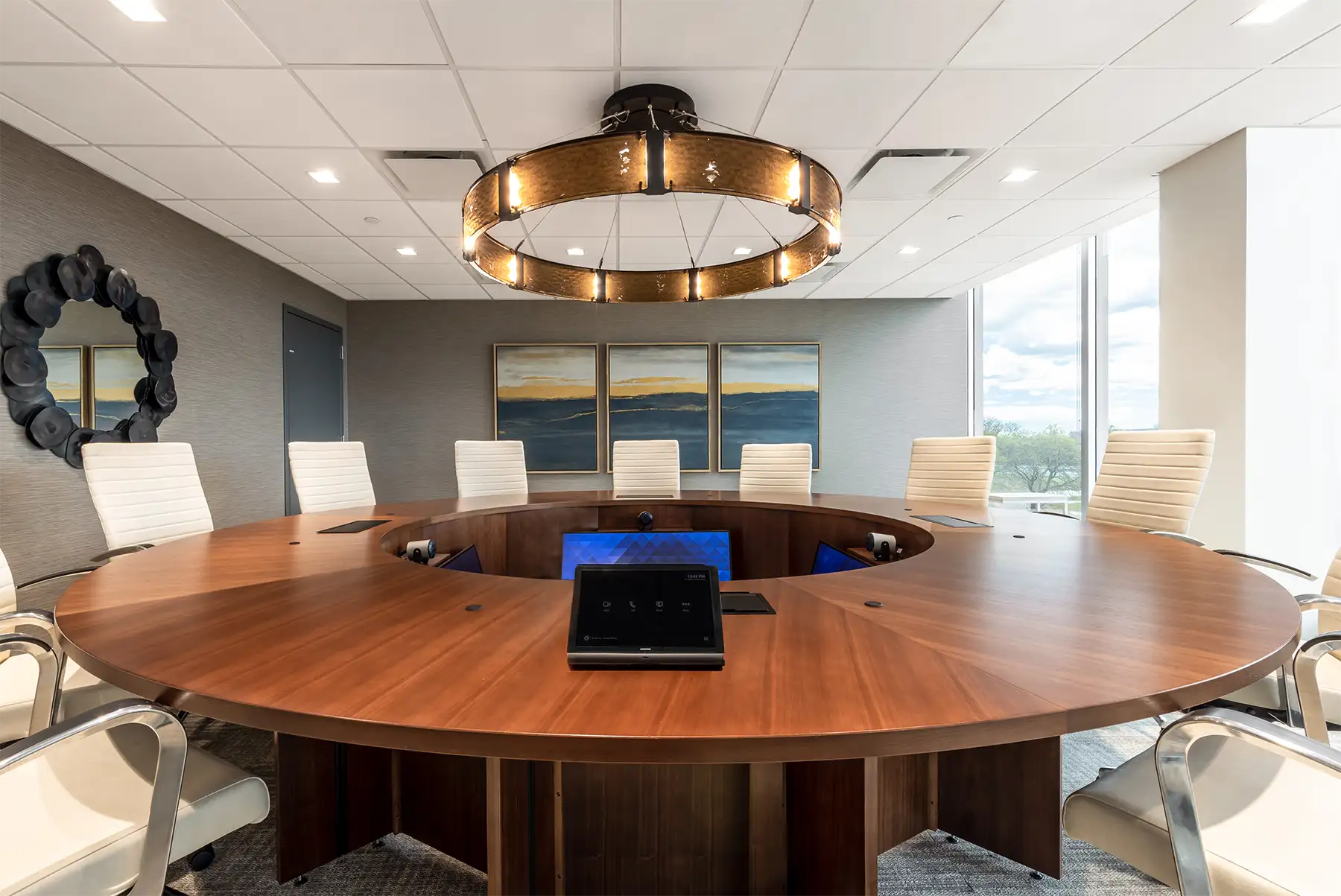
I found it very interesting how we proved to ourselves we could design an entire 30,000 SF office in Long Island, NY from Dallas, TX completely remote. Because of the pandemic limiting the typically planned personal contact, we found ways to work around the obstacles and design virtually. We never stepped foot into the office until installation day, almost 11 months later. And, the execution went just as smoothly and according to plan as any of our local projects! We’ve since done two other remote design projects for the same company in different locations and it continues to be a very efficient way to work.
Do you have a favorite life lesson quote? Can you share a story about how it has been relevant in your life?
I’ve always said, “how you look depends on where you go…”. This holds true for an office that needs to communicate a corporate image or first impression to win clients and a productive and retentive atmosphere for employees to work. It matters how our office environments look and feel, which emotions are evoked when walking in the door, and how comfortable the surroundings are to work and meet with others or take comfortable breaks. These unspoken words (through the way a place looks) speak volumes…looks matter!
As a successful business leader, which three character traits have been most crucial to your success? Can you share a story or example for each?
- Professional Conduct: I show up looking and speaking professionally, and am very cognizant of my clients’ time. I look them in the eye and am as transparent as I can be so we can all have realistic expectations and establish trust right away.
- Respect Through Consultative Sales: I treat my clients with respect and educate them about how we work to see if they decide we’re a fit for them. I don’t try to sell my clients before understanding what it is that they really need. Then, I carefully outline how our expertise aligns with those needs.
- Project Management: We joke in our office about this being one of my superpowers. I really enjoy coordinating all the moving parts of our projects, and delivering well-orchestrated logistics is every bit as important as the aesthetic portion of our project and service.
Can you describe a recent project you completed and what your specific contributions were?
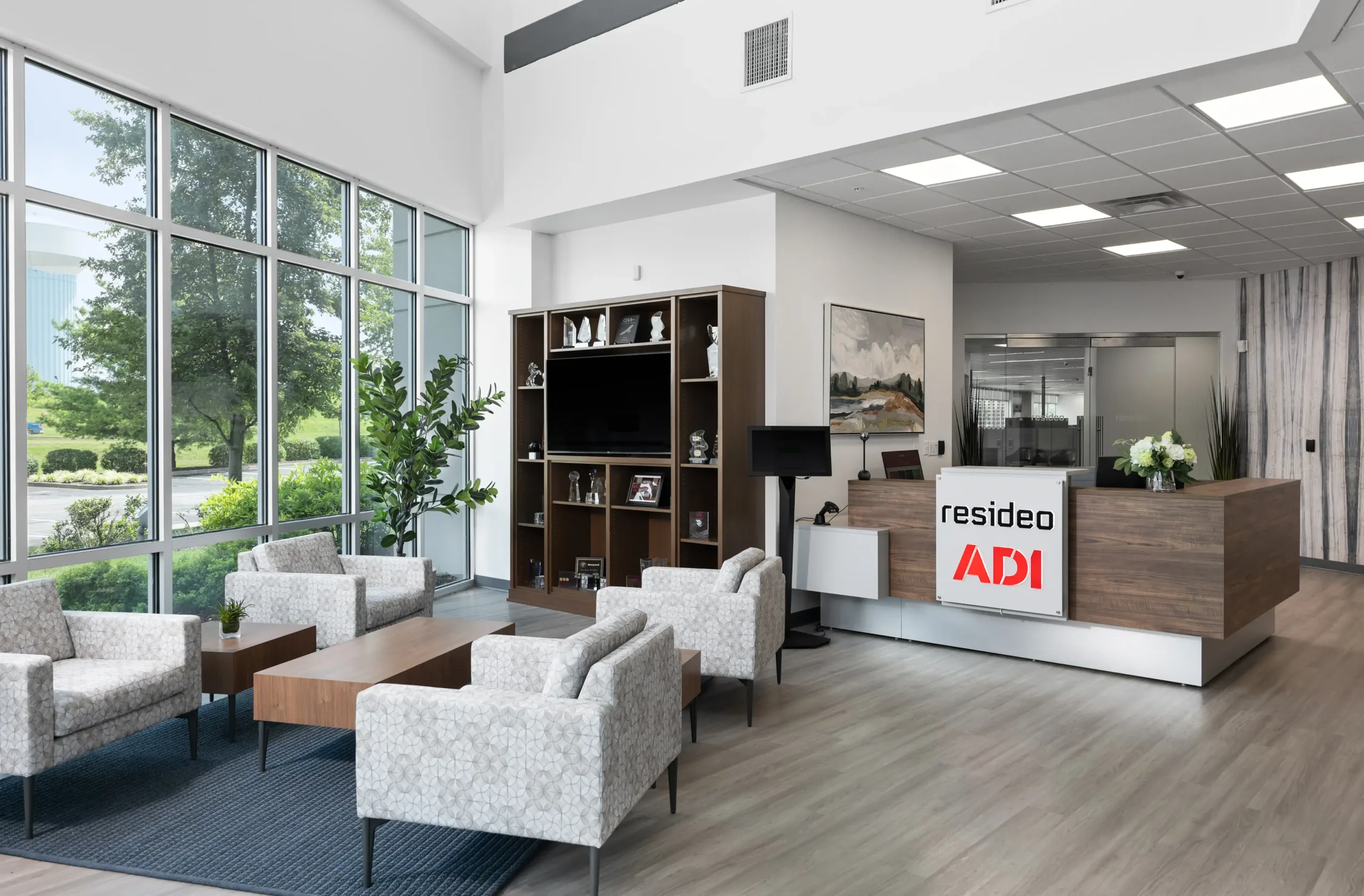
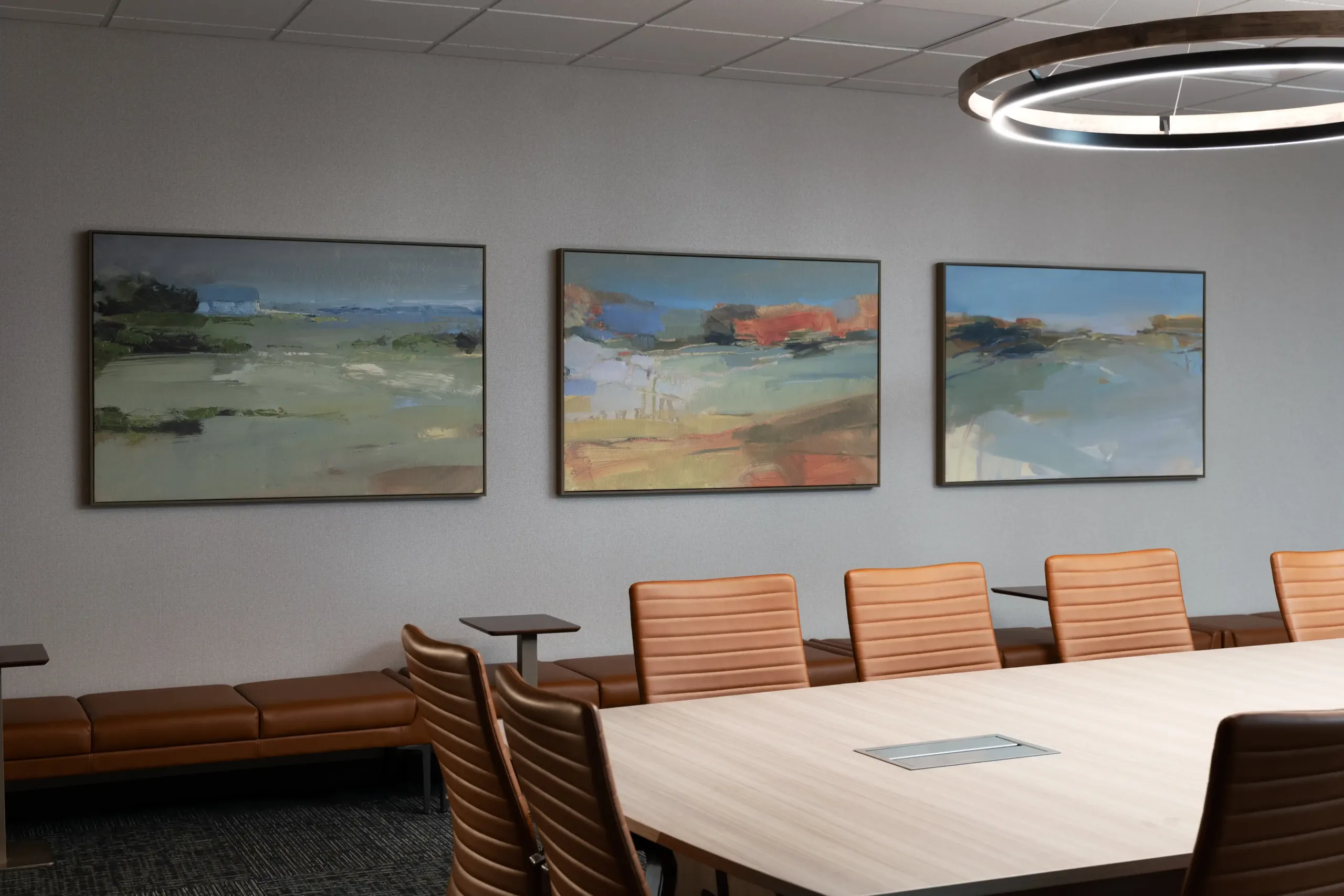
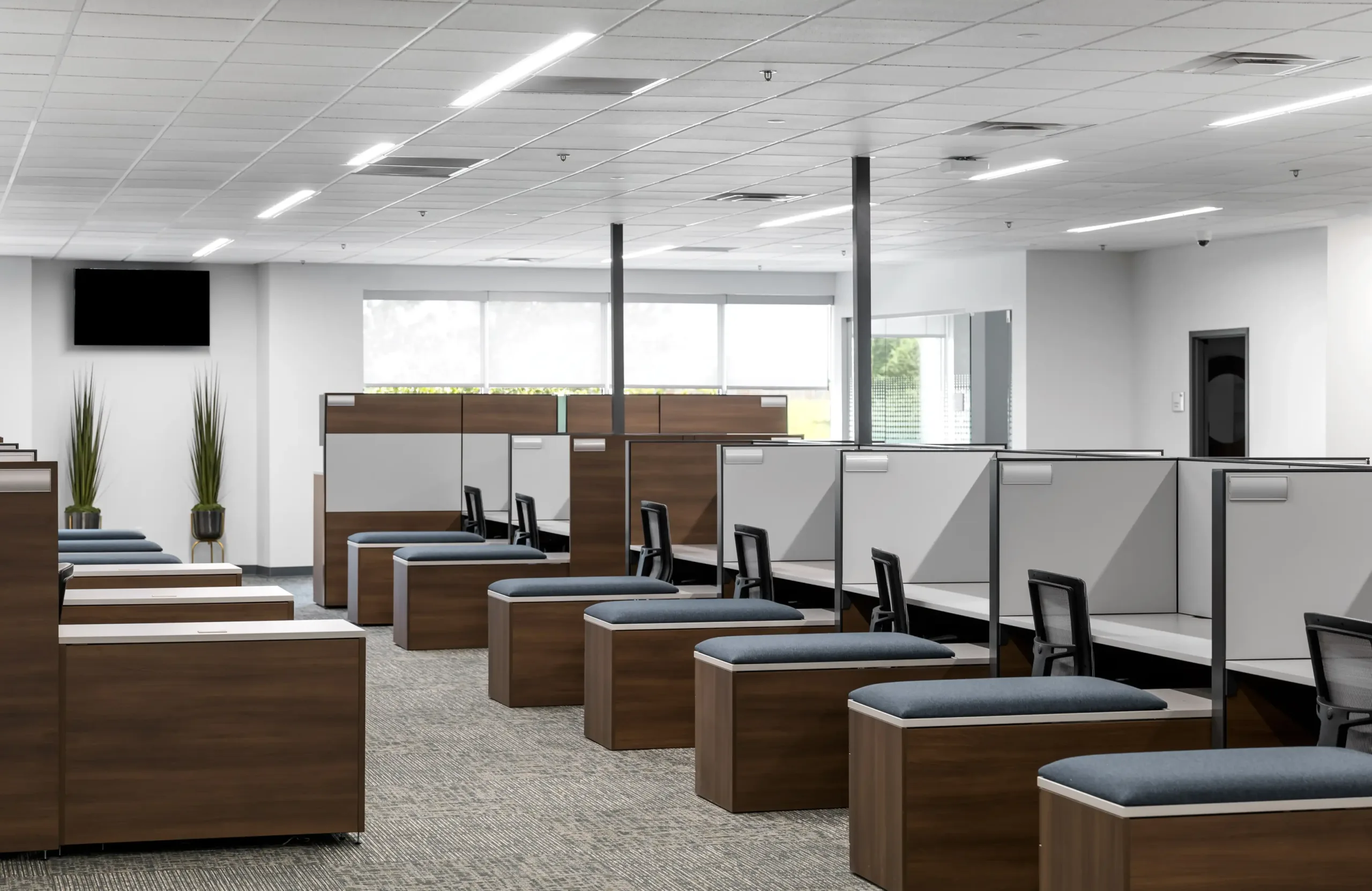
We recently completed a complete office renovation project for ADI Global — our 4th project for this company. One of the unique and exciting parts of the project was getting to infuse some local flair and history into our design influence. They wanted the office space in Louisville, Kentucky to have its own personality that would stand out from their other locations and give the employees an exciting place to work.
We incorporated unique furnishings and appointments that honored the traditions of Louisville in a modern and sophisticated way. Nods to the baseball, bourbon and horse racing legacies were some of the main references incorporated through art and decor. Bluegrassy greens and baseball glove browns led the color palette, along with pops of brighter tones to keep things lively.
Overall the management and employees were thrilled with the new space which was tailored to make their day more enjoyable and productive through interior design.
How do you approach balancing aesthetics and functionality in your designs?
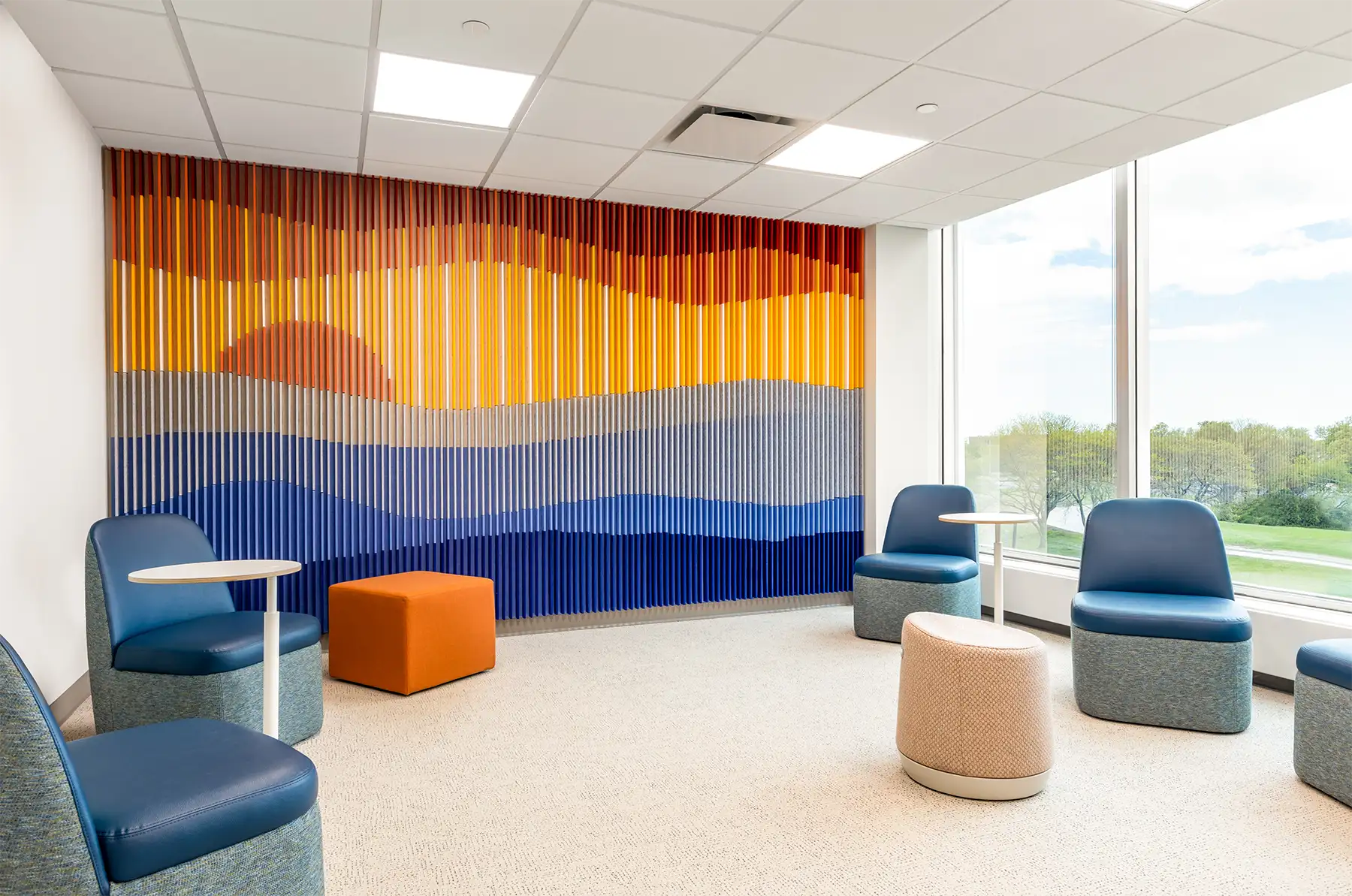
Mixing aesthetics and functionality is something we excel at. I always take into account my clients’ practical needs and learn how a space will be used in everyday life. Then we level that up with thoughtful and beautiful designs. Luckily, there are so many great vendors and craftsmen who understand those needs — especially when it comes to outfitting commercial spaces.
Incorporating desks with sit/stand features, creating conference rooms that can adjust to be a flex space, or adding interactive features that are beautiful and spark creativity are just some of the ways we infuse function and style into our spaces.
We have sought out materials and furnishings that are innovative in their functionality and style, so we have those resources ready to pull from as we’re designing a space. This helps us get projects done more quickly because we have “functional beauty” as a focus from the start.
What is your design philosophy when it comes to commercial spaces?
My design philosophy for commercial spaces is centered on creating environments that inspire, motivate, and provide a pathway to productivity for those who work in them. We believe a commercial space should parallel the brand’s marketing message and convey the unique value of a business through its style and overall impression. We want our clients’ clients to get a feel for who they are just by walking in the front door.
Where do you draw your inspiration for your designs?
As a designer, I’m constantly observing and finding inspiration everywhere. Some of my favorite ways to find inspiration are through the fashion industry, travel, art, and the stories of my clients. Many of our designs have the latest apparel trend-inspired color palettes and textures that give a tailored look to the space. This is great for modern or transitional designs.
Seeing the world through the eye of different cultures, architectural influences and styles gives fun new perspectives that I can tie into new design ideas. Often clients will have a favorite piece of art that we use as a springboard to create a complete new look for them, or take trending colors from leaders in fashion.
A great source of inspiration has been my clients’ stories themselves. We believe in putting clients at the center of what we design and they are often inspired by their favorite places or a meaningful piece of art or decor. We can bring those stories to life with interior design that reflects their uniqueness.
What strategies do you use to ensure your designs meet the needs of the end-users?
Meeting the needs of our clients is key in all of our interior design processes. We ensure this through several methods.
- Comprehensive Consultations: We invest time upfront to truly understand our clients’ preferences, branding, business needs and aspirations.
- On-Site or Remote Walkthroughs: We are able to help clients in person and remotely to envision their dream space by doing a walkthrough in which we discuss various design concepts, space planning, functionality and overall vision.
- Thorough Site Analysis: We analyze the existing space considering things like traffic flow, natural light, acoustics, privacy, and primary or secondary functions.
How do you approach sustainability in your commercial projects?
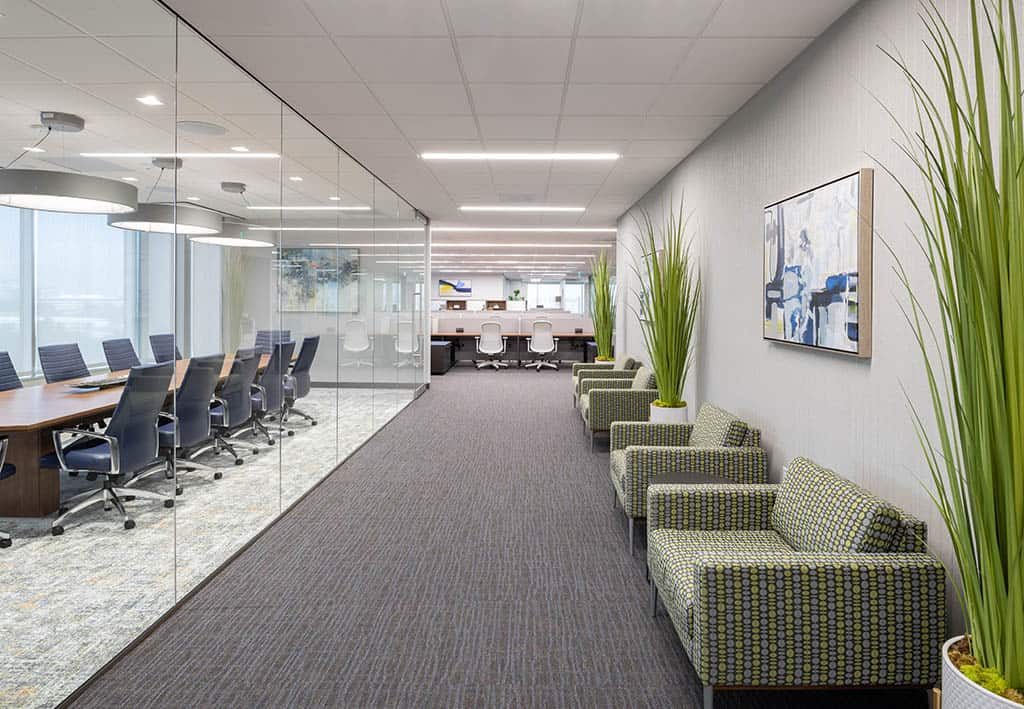
We approach sustainability holistically, considering everything from materials and sourcing, to the final end user. If possible, and within budget, we prioritize the use of eco-friendly and responsibly sourced materials opting to use energy efficient lighting, renewable materials, and low-VOC paints and finishes.
Thinking about the longevity of your design and the durability of materials can help conserve resources and avoid the need for frequent redesigns or renovations. Designing more flexible spaces is one way to achieve this so they can grow and adapt with the organization.
Keeping the employees in mind — we design with their wellbeing as a focus. This means incorporating elements like ergonomic furnishings, indoor plants and areas that can be used as a retreat within the office. One of my favorite commercial designs included a space that could be used for yoga or meditation.
What impact do you think remote work and digital transformation will have on the design of commercial spaces?
That remains to be seen, however, we are seeing more and more corporations reinstate in-office work for at least part of the week. That being said, shared workstations and common spaces have become more important in order to economize on the square footage of an office space as well as the furnishings budget.
What are the five things you believe are essential for creating a highly successful career in commercial design? Can you share a story or example for each?
- A professional business model and the ability to illustrate this to clients. Outlining our proven and successful methods allows potential customers to enlist us with confidence.
- Appropriate levels of communication. Knowing the clientele in order to communicate as much or as little as desired, and to the right contact.
- A keen eye to interpret brand imagery and culture through aesthetics. This enables companies to convey their brand through visual means.
- A precision installation team is key. This limits damage, disruption to ongoing business and assures an aesthetic of excellence.
- Great photography — done post-project — tells a story to any potential new clients and the corporation gets to tout it to new hires in marketing themselves as a great place to work!
What role do you think commercial design plays in community building and social interaction?
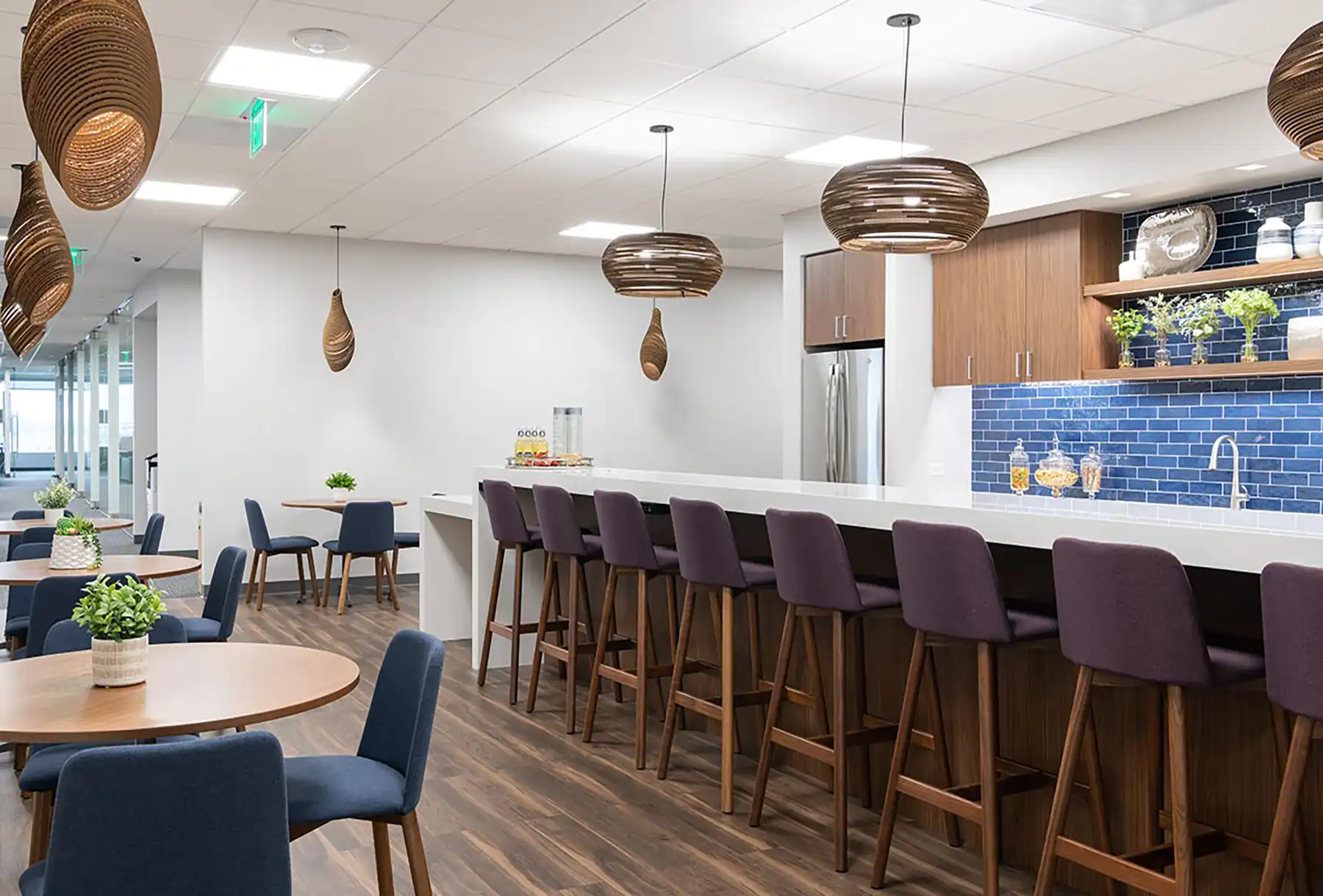
A successfully designed commercial space shouldn’t feel too “commercial”. It should encourage organic social interaction and serve as a place that fosters a feeling of community to those who are in it. People spend ⅓ of their day at the office (minimum), so it needs to feel comfortable and inspiring. With “3rd places” becoming harder to come by, many commercial spaces are serving that purpose to some degree and we love when our designs can help facilitate that.
Commercial spaces are also a great opportunity to preserve the local environment and cultural influences. We love a lobby or feature wall that doubles as a local art gallery.
Given your influence, if you could inspire a movement to bring the best results and solutions to the greatest number of people, what would it be? You never know what impact your idea might have!
I believe that knowledge of design and the importance of how it influences an environment is something that can benefit everyone. We all have some influence over the environment we’re in, whether it’s designing an entire commercial space or improving our own personal workspaces, businesses, or homes.
Knowing the value of how even small changes in lighting, ergonomics, or adding a splash of color can provide invaluable long-term benefits. Who wouldn’t want to be inspired by their space and experience better productivity, creativity and well-being?
How can our readers follow your work online?
Readers can learn more about Nicole Arnold Interiors and view more of our commercial interior design projects on nainteriors.com, or by following us on social media and Houzz!
Thank you for your time and excellent insights! We wish you continued success.
Thank you, I appreciate the opportunity to share my passion for interior design.
About the Interviewer: Athalia Monae is a product creator, published author, entrepreneur, advocate for Feed Our Starving Children, contributing writer for Entrepreneur Media, and founder of Pouches By Alahta.


